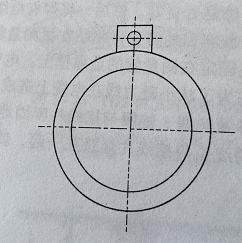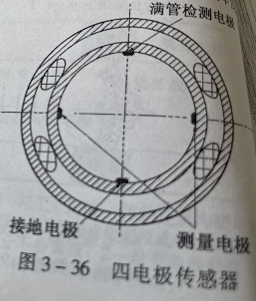The basic method to achieve reliable and stable grounding of the grounding ring is to select corrosion-resistant materials that are the same as or similar to the electrode material as the material of the grounding ring, and they directly form a similar or roughly equal polarization potential with the liquid.
In this way, the common-mode voltage formed by the wetted primary battery and the electrode-polarized battery is smaller, and the output swing of the meter will be reduced.
The basic method to achieve reliable and stable grounding of the grounding ring is to select corrosion-resistant materials that are the same as or similar to the electrode material as the material of the grounding ring, and they directly form a similar or roughly equal polarization potential with the liquid.
In this way, the common-mode voltage formed by the wetted primary battery and the electrode-polarized battery is smaller, and the output swing of the meter will be reduced.
The electrode material can be Hastelloy, tantalum, platinum, iridium alloy and other precious metals. When measuring strongly corrosive acid, alkali, and salt fluids, in order to save precious metals and reduce the cost of the instrument, grounding rings are not used.
As shown in Figure 3-36, the bottom of the sensor measuring tube and the measuring electrode is perpendicular to Add a ground electrode of the same size as the measuring electrode (usually called this sensor a three-electrode structure, there is also an electrode added to the top of the measuring tube as a partial-tube liquid level detection electrode).
Strongly corrosive acids, alkalis, and salt fluids have high electrical conductivity, and the fluid’s resistance is very small, and the potential of the liquid can be correctly detected with point electrode contact.


